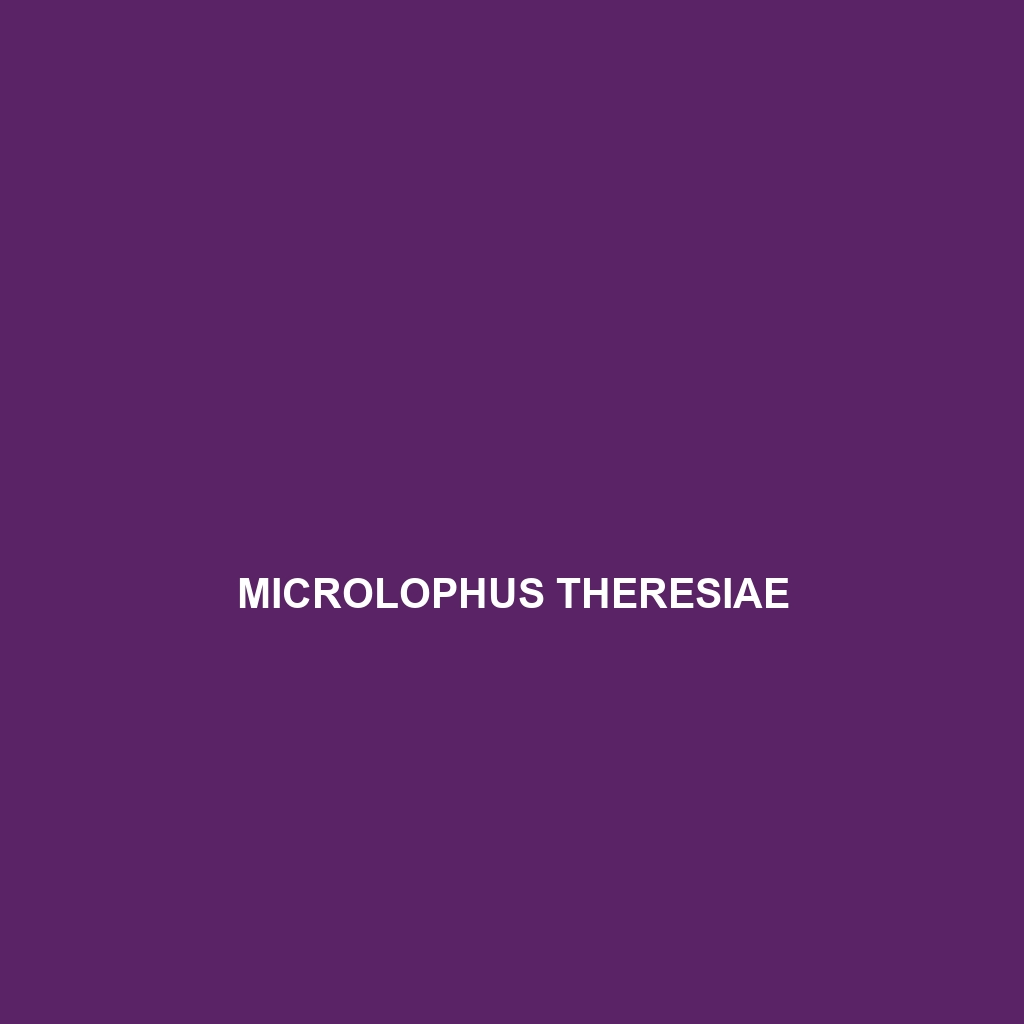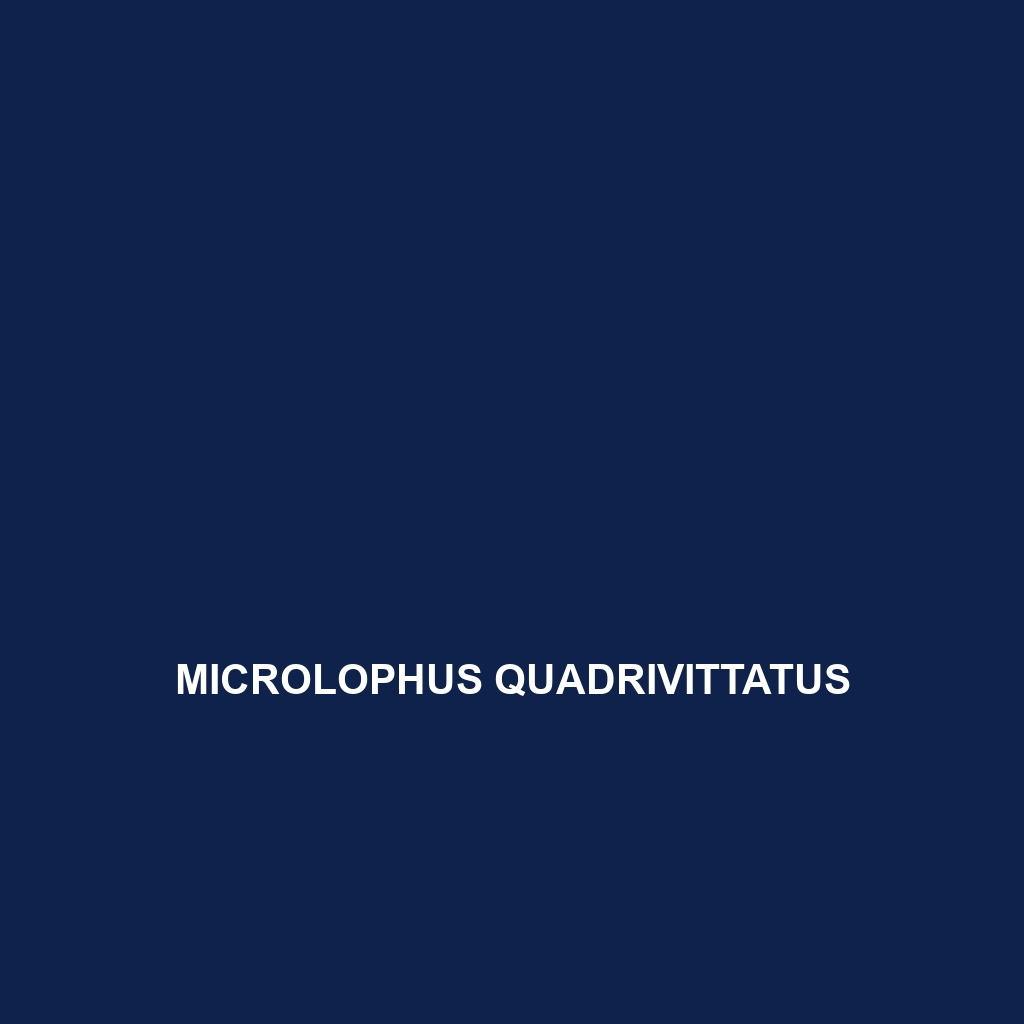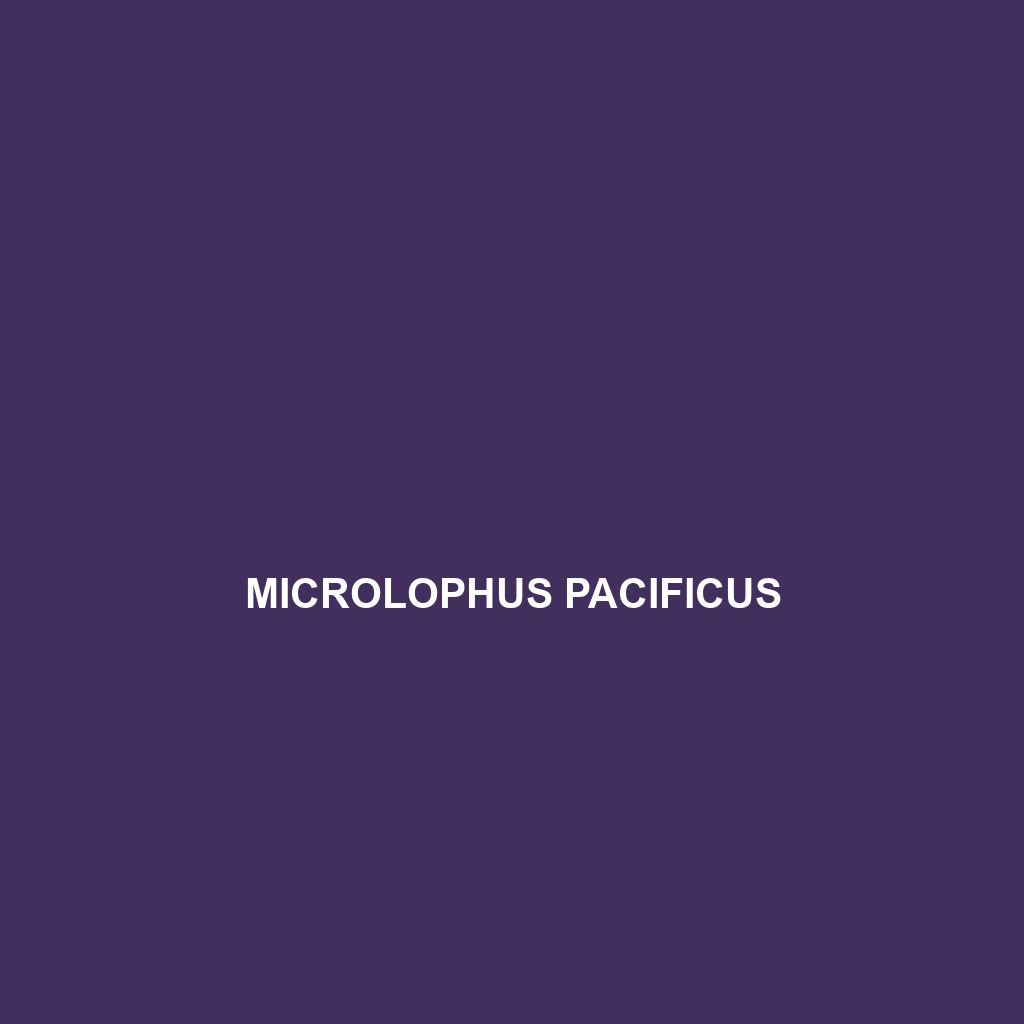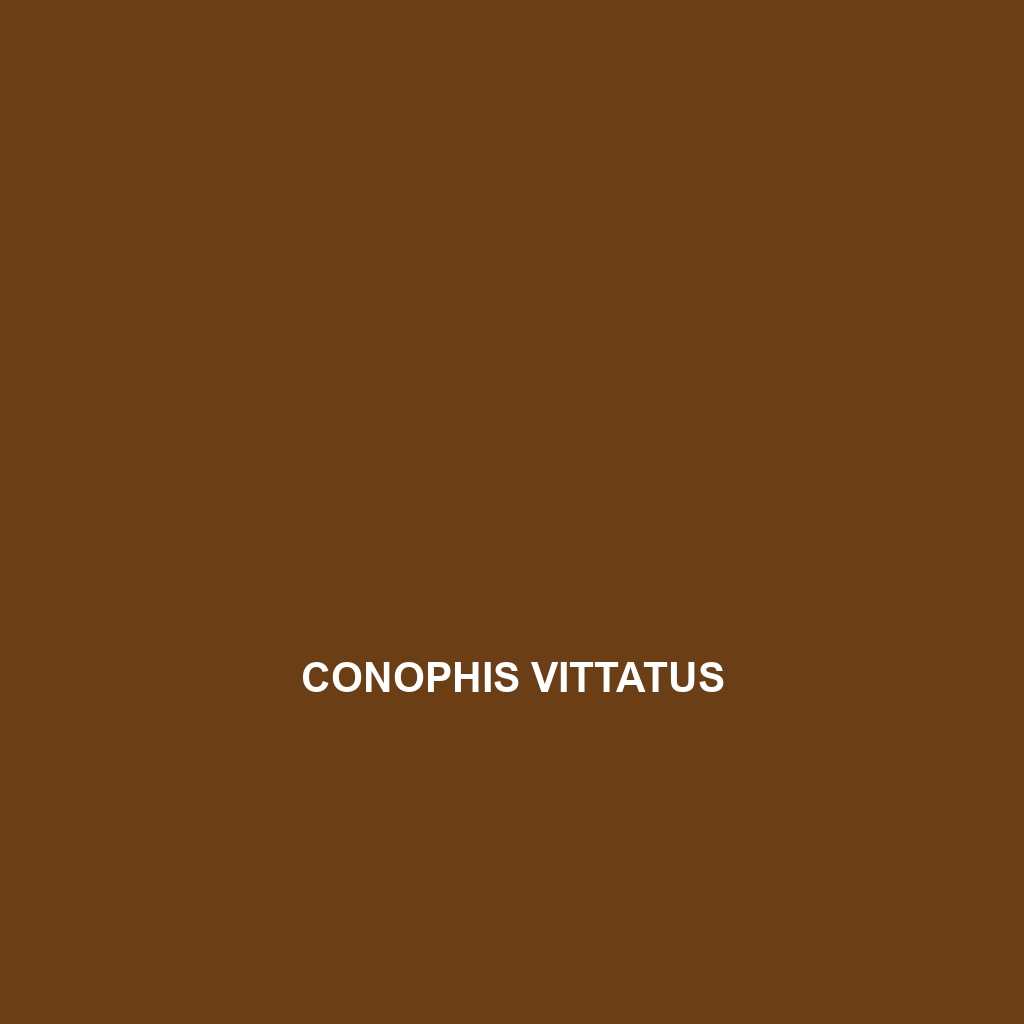<p><b>Microlophus theresiae</b>, also known as the Galápagos lava lizard, is a small, diurnal lizard native to the Galápagos Islands, recognized for its slender body, adaptability to rocky volcanic landscapes, and role in controlling insect populations. This species exhibits fascinating social behaviors during mating and is essential for maintaining the ecological balance of its habitat.</p>
Tag: volcanic landscapes
Microlophus quadrivittatus
The Galapagos Lava Lizard (Microlophus quadrivittatus) is a resilient species native to the volcanic landscapes of the Galapagos Islands, characterized by its unique coloration, diurnal behavior, and omnivorous diet. With a length of 20 to 25 cm, this fascinating lizard plays a crucial role in its ecosystem by regulating insect populations and aiding in plant pollination.
Microlophus pacificus
<p><b>Microlophus pacificus</b>, commonly known as the Pacific Galápagos lava lizard, is a resilient species found in the Galápagos Islands, thriving in volcanic and coastal habitats. Measuring 10 to 15 cm, these diurnal lizards exhibit a mosaic of earthy colors and play a vital role in their ecosystem by regulating insect populations while serving as prey for larger predators.</p>
Conolophus pallidus
<p>The <b>Conolophus pallidus</b>, or Galápagos land iguana, is a vulnerable species native to the Galápagos Islands, characterized by its pale yellow coloration, robust body, and diurnal behavior. As herbivores, they play a critical role in their ecosystem by consuming prickly pear cacti and dispersing seeds, thriving in arid environments.</p>
Brachymeles vulcani
Discover the <b>Brachymeles vulcani</b>, or volcanic skink, a small to medium-sized lizard thriving in the lush tropical forests of the Philippines. Notable for its elongated body, smooth scales, and unique adaptability to volcanic landscapes, this insectivorous species plays a crucial role in its ecosystem by controlling insect populations.




